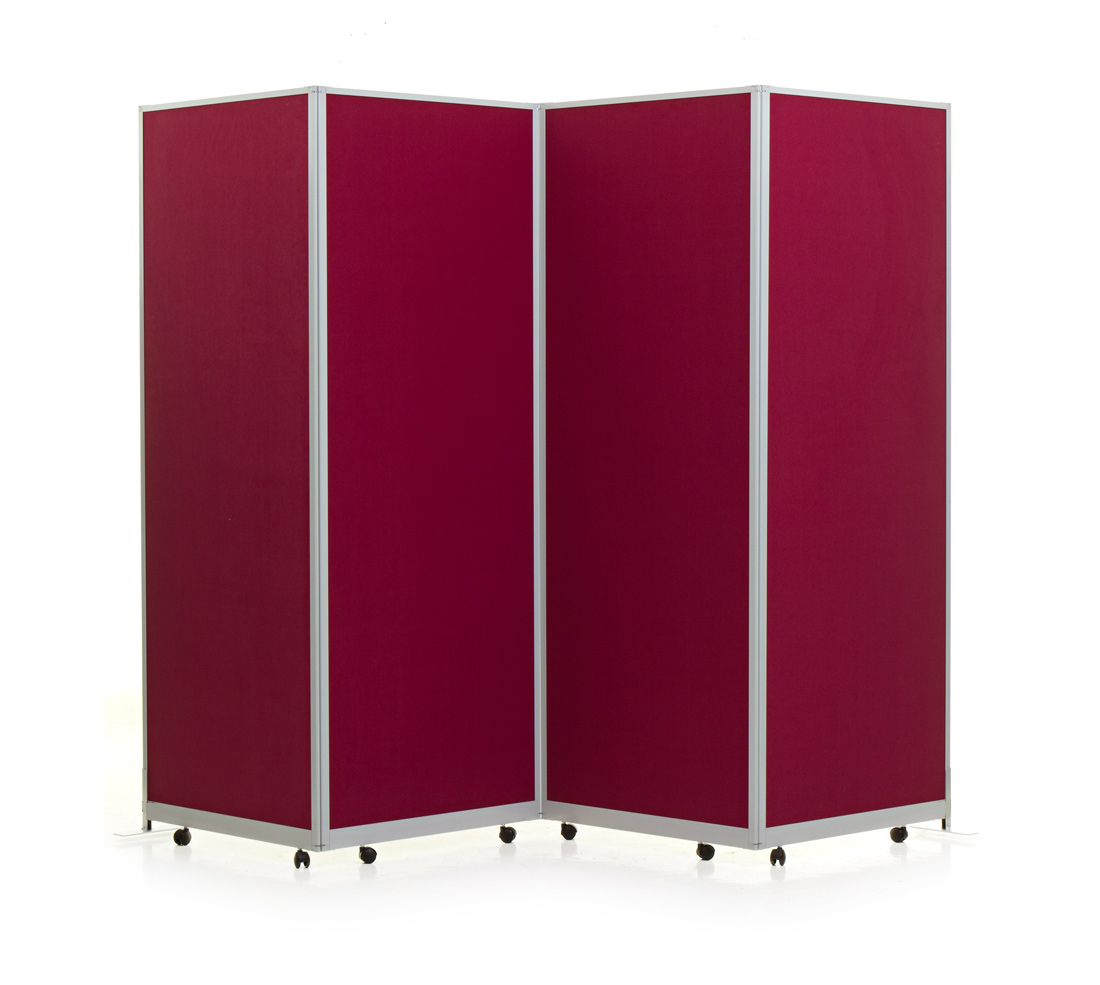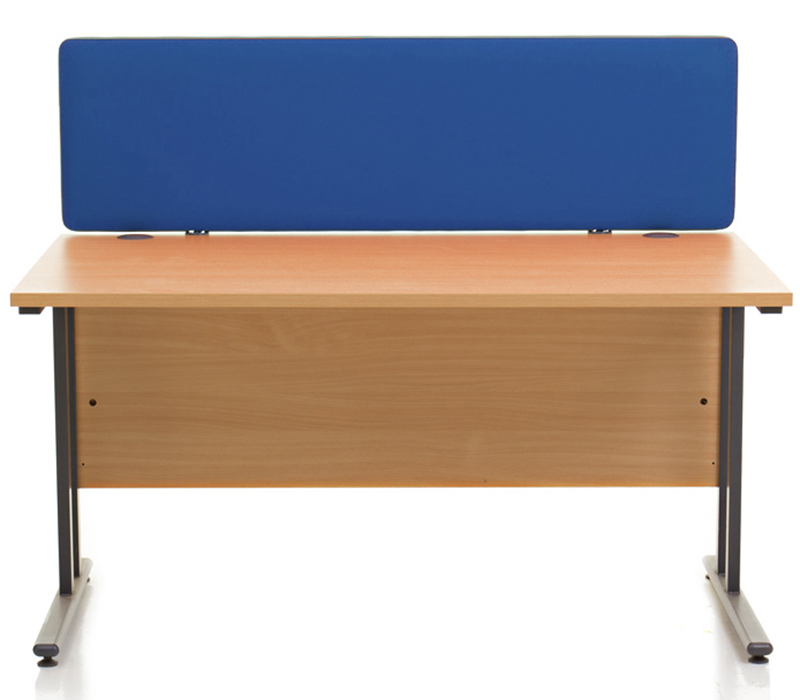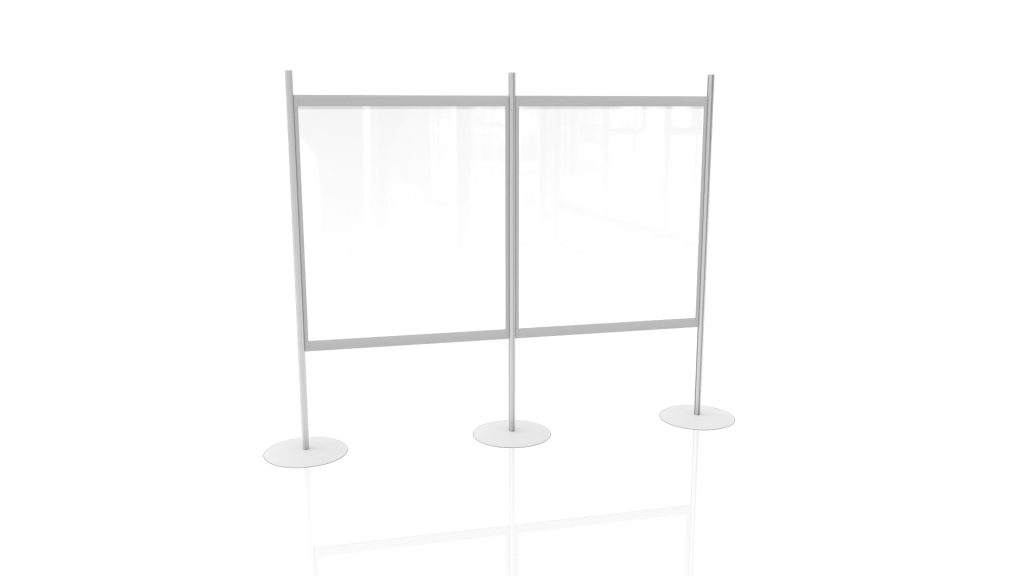Whether we are at home or at work; architects, business owners and home owners alike are very attached to the idea of open plan office spaces. Many of us may have grown up in homes with multiple rooms, sealed away by doors in order to provide privacy from parents and siblings. Nowadays, the situation is quite the opposite. We seem to love the idea of these collaborative spaces, which allow rooms to mingle and creates this sense of a collective group, rather than a handful of individuals. Of course, this kind of design has its drawbacks, which is why many of the stunning designs have undergone meticulous planning in order to strike a balance between collaboration and privacy.
Why Do We Love a Open Plan Office?
Across Europe in particular, the trend for an open planned home is a mark of our changing lifestyles. No longer are we hosting fancy dinner parties, secluded from the rest of the home. Instead, we crave more social gatherings, families tend to sit and spend time together. Traditional designs restricted the home to the labyrinth style which became so synonymous with Victorian and Edwardian era homes. With open plan homes, the removal of walls creates this perception of more space and allows more natural light to flow through.
This is ideal especially in smaller living spaces where the amount of space available is already severely limited as is often the case with older homes. The same idea is increasingly applied to office design. Many businesses have now moved away from the idea that employees require complete peace and quiet in order to work efficiently. Instead, modern design now looks towards collaborative spaces which enable staff to work as a team rather than a group of individual cogs. To achieve this walls have been torn down and collaboration is on the up, but there a host of side-effects which need to be addressed before a design such as this can work.
Arrange Furniture Creatively
With so much space at your disposal, there is no need to go back to the rank and file furniture layout which makes the office resemble a classroom. One of the key factors which needs to be considered here is the amount of distractions possible with each design. There is no point clumping employees together as noise will become an issue. Meanwhile, seating everyone opposite each other or by main doors will provide visual distractions which will become a regular and persistent issue.
Open place offices create the freedom to develop a unique design in order to enhance the efficiency of your employees. It is possible to create hubs for different teams, allowing the space for collaboration while separating it from distractions across the rest of the office. If the space is available, then there is also the potential to create separate areas which are tailored to encourage group work as well as other zones which allow employees to concentrate without the hassle of persistent distractions.
Make The Space Adaptable
One of the major benefits of an open plan office is the freedom it provides to chop and change how it is setup. If you are still in the planning stage, then look into integrating flexible office screens which can be moved and setup as and when required. The major benefit to these is that they can help to reduce the audible and visual distractions which are often a common issue with open plan offices. As teams tend to expand and grow, the ability for the office to adapt is important to being able to make the most of the space which is available. Screens can be easily moved for more desks and more seating.
The Space Needs to Work for Introverts and Extroverts
If you are perplexed by what the title means, then this is a very important issue to factor into your office design. Generally, people are split into two categories; extroverts who thrive in team situations, are often more outspoken and are more likely to thrive in collaborative spaces. On the other end of the spectrum, introverts appreciate exactly the opposite, they work more efficiently when given privacy, often keep thoughts to themselves until absolutely necessary and generally would rather have their own office rather than a desk in a busy environment.
Your office design needs to take these into consideration. While your open collaborative space may be fantastic for some, it could be a nightmare for others. Introverts will value more private, quiet spaces, but this can lead to extroverts feeling agitated, further hindering their efficiency. The solution to this really boils down to how much space you have available. The ideal is to be able to create two separate types of areas, one which is more collaborative and helps teams the bond and grow. The other is a quiet space, which provides the privacy for employees to get on with their work without audible and visual distractions.
Striking the right balance between freedom and privacy can prove a masterstroke. If your environment can enable all of your employees to work comfortably and efficiently, then the overall productivity of your business will increase. Open plan offices are great in theory, but many have made common mistakes which result in disaster. This is often because open offices become too noisy and you find everyone just trying to talk to each other, or there is so much going on in the office that there is no space for everyone to concentrate.


